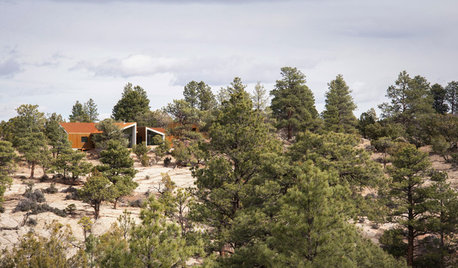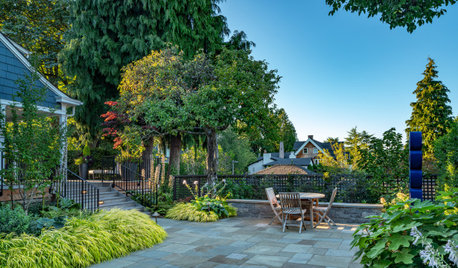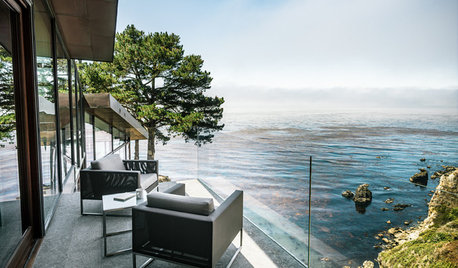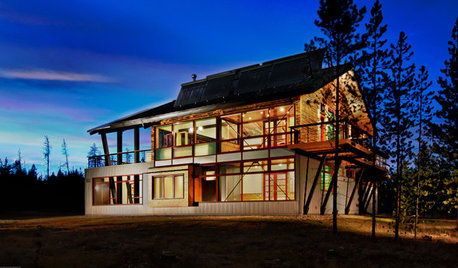National Soil Temperature Map
joeinmo 6b-7a
10 years ago
Related Stories

GARDENING GUIDESGardening Solutions for Dry, Sandy Soils
Has your desert or beachy site withered your gardening creativity? Try these ideas for a beautiful, easy-care landscape
Full Story
GARDENING GUIDESHow to Find the Right Native Plants for Your Yard
Find plant maps, sale sites and guides that make going native in the garden easier than ever
Full Story
HOUZZ TOURSHouzz Tour: Red Rock Desert Views in a Utah Wilderness Retreat
A couple’s vacation home, studio-garage and guesthouse sit easily on their 40-acre site near a national park
Full Story
GARDENING GUIDESGarden Myths to Debunk as You Dig This Fall and Rest Over Winter
Termites hate wood mulch, don’t amend soil for trees, avoid gravel in planters — and more nuggets of garden wisdom
Full Story
EDIBLE GARDENSNatural Ways to Get Rid of Weeds in Your Garden
Use these techniques to help prevent the spread of weeds and to learn about your soil
Full Story
EDIBLE GARDENSSummer Crop: How to Grow Blueberries
Plant blueberries in spring or fall for garden beauty through three seasons — and a sweet superfood in summer
Full Story
LANDSCAPE DESIGNLearn Your Garden’s Microclimates for a Resilient Landscape
Reduce your water demand and learn the basis of planting the right plant in the right place
Full Story
DREAM SPACESHouzz Tour: Hugging the Rocky Cliffs in Big Sur
Cascading down a rugged site and generously encased in glass, this California home takes full advantage of its ocean views
Full Story
FALL GARDENING6 Trees You'll Fall For
Don’t put down that spade! Autumn is the perfect time for planting these trees
Full Story
GREEN BUILDINGZero Net Energy: A Hardworking-House Term to Know
Homes that consume only as much energy as they produce by renewable means are a goal for builders. Learn what ZNE means for you
Full StoryMore Discussions








Huggorm
ken_adrian Adrian MI cold Z5
Related Professionals
Accokeek Landscape Architects & Landscape Designers · Zion Landscape Architects & Landscape Designers · Woburn Landscape Contractors · Dallas Landscape Contractors · Fair Oaks Landscape Contractors · Hawaii Landscape Contractors · Hayden Landscape Contractors · Kettering Landscape Contractors · Lorain Landscape Contractors · Round Lake Landscape Contractors · Santa Ana Landscape Contractors · Shaker Heights Landscape Contractors · Kenosha Siding & Exteriors · Brookfield Siding & Exteriors · Fort Myers Decks, Patios & Outdoor Enclosuresjoeinmo 6b-7aOriginal Author
franktank232
hairmetal4ever
joeinmo 6b-7aOriginal Author
davidrt28 (zone 7)